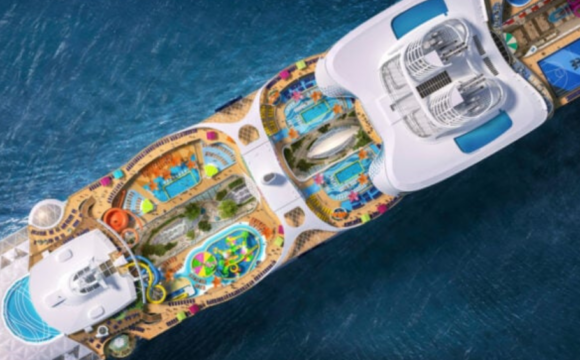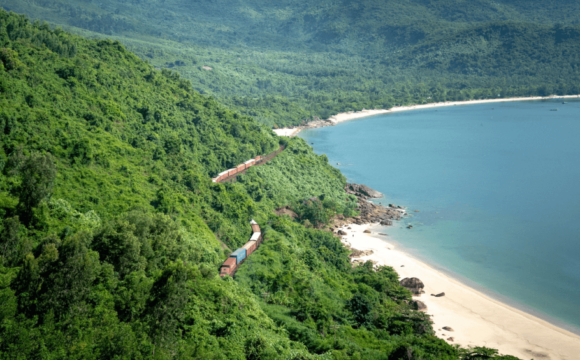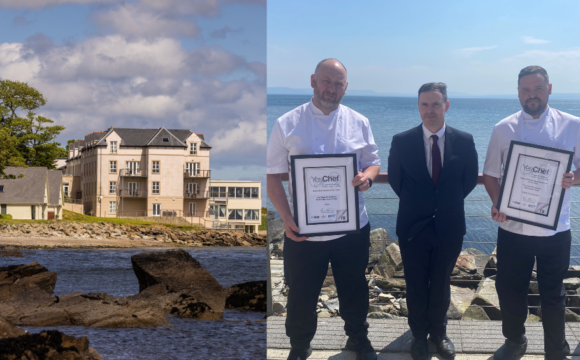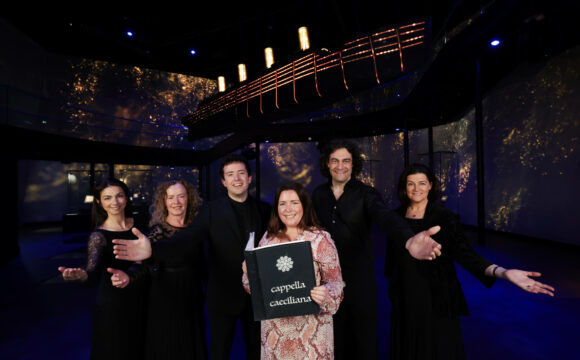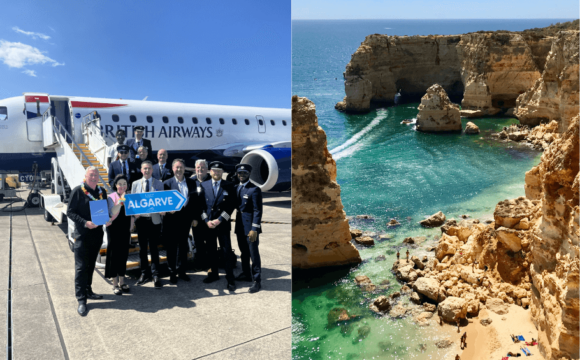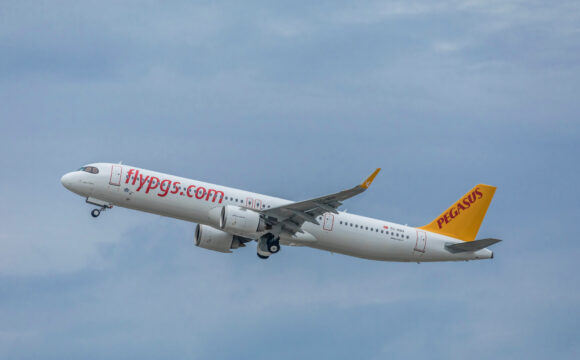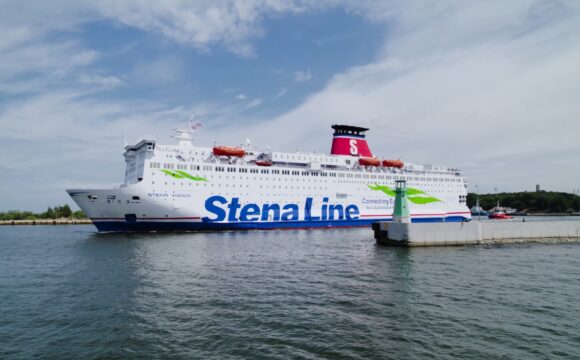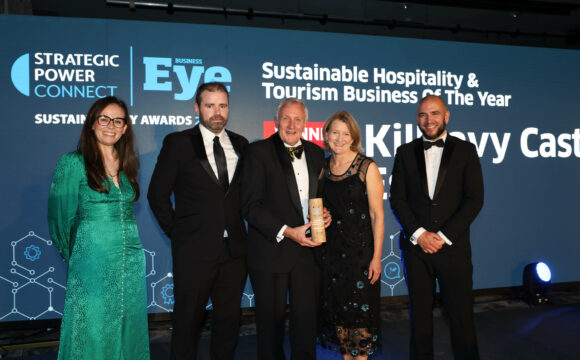The Balearic Islands of Mallorca, Menorca, Ibiza and Formentera have one National Park (Cabrera), four UNESCO declarations, and eight protected Natural Parks between them. With approximately 40% of the total landscape protected, the archipelago is the ideal destination for holidaymakers to experience an ecological paradise akin to the Galapagos Islands closer to home. The Balearic Islands are teeming with nature for visitors to discover, from Menorca’s turtles found in s’Albufera des Grau Natural Park to the Posidonia seagrass meadows which give the islands’ waters their signature turquoise colour.
Birdwatching
The Balearic Islands’ central location in the Mediterranean makes the archipelago an ideal stopover for birds along the Western European migratory route. It is estimated that over 300 different species make a stop on the islands, which, combined with the hundreds of birds which nest across the Balearic Islands across the year, make them a birdwatcher’s paradise. Among the endemic bird species are the Balearic Shearwater, Balearic Warbler and subspecies such as the goldcrest or the Eurasian blue tit.
Menorca’s s’Albufera de Grau Natural Park, declared a UNESCO Biosphere Reserve in 1993, is an ecological masterpiece and home to an enormous variety of birds. Visitors can spot cormorants, herons, fish eagles and more across the park from special observation points funded by the sustainable tourism tax paid by all visitors, designed to give birdwatchers the perfect vantage point. The Rodríguez Femenías Park’s guest centre offers guided tours to allow the everyday traveller to engage with the avian wildlife.
Ses Salines Natural Park between Ibiza and Formentera is another excellent place for holidaymakers to catch glimpses of different birds. The Natural Park is made up of 2,800 hectares of land and 13,000 hectares of ocean, creating a haven for flamingos, peregrines, storks, white jars, and black-legged plovers. Travellers can book boat tours to allow them to view the wildlife up-close in a non-disruptive manner.
Flora
The Balearic Islands have 124 species of endemic plants for visitors to enjoy – both in the sea and on land – including 31 orchids, 32 ferns, and 67 protected species. Alongside the endemic plants are 130 species from outside the islands, spread across various habitats. As a result, the surface of the islands is incredibly varied, from the forested hills of El Toro, the highest point on Menorca, to the coastal natural reserve of Es Vedrà, Ibiza.
The Island of Cabrera is a hidden gem made up of 19 islets, located just ten kilometres from the southern coast of Mallorca. Declared a Maritime Terrestrial National Park in 1991, the island has 160 species of marine plants, 22 of which are endemic, making it one of the most biodiverse spots in all of the Mediterranean. Since 85% of the surface of the park is water, holidaymakers can take guided boat tours which stop at Cabrera’s most impressive coves to snorkel, allowing them to get up close and personal with the unique marine landscape.
The Balearic Islands’ most famous flora is the Posidonia oceanica. In Formentera and Ibiza, this is responsible for the crystal-clear waters which visitors can enjoy surrounding the islands. Found only in the Mediterranean basin, this seagrass forms dense meadows which act as a natural purifier and support the local marine ecosystem. Its importance to maintaining biodiversity led to Ibiza’s Posidonia oceanica meadow being named a UNESCO World Heritage Site in 1999.
Fauna
The Balearic Islands are home to 300 endemic animal species. Among the most important ecosystems and habitats in the archipelago are the protected salt pans, wetlands, mountainous areas, gorges, and cliffs in which they reside.
The Sierra de Tramuntana, Mallorca, is the largest protected area in the Balearic Islands, comprised of 90km of mountains and 1,000 hectares of sea. A UNESCO World Heritage Site since 2011, the park is a safe haven for both large and small animals and can be explored by holidaymakers along curated and signposted routes. Species to be found include the Mallorca Ferrett toad, endemic to the mountain range. This iconic symbol of the island is one of the rarest amphibians in all of Europe, and currently in danger of extinction.
The freshwater lagoons in Menorca’s s’Albufera des Grau Natural Park, covering more than 5,000 hectares, are home to an enormous variety of animals, including bats, urchins, rabbits, weasels, and ferrets. The Hermann’s Tortoise, identified by its hard yellow upper shell, is endangered at an international level but thrives in Menorca. Visitors can find them sunbathing early in the mornings during warmer months and are encouraged to visit the s’Albufera de Grau Natural Park Visitor Centre which provides information about trails to follow to spot the most wildlife.
Terrestrial reptiles are also easily spotted on the islands, including the famous Balearic Lizard, also known as the Ibiza Wall lizard. The endemic species has 11 subspecies which vary in both shape and colour. For example, the Formentera subspecies are more brightly coloured than those found in Ibiza. Nature enthusiasts should look out for their distinctive long tails along the coastal portion of Ses Salines Natural Park.



